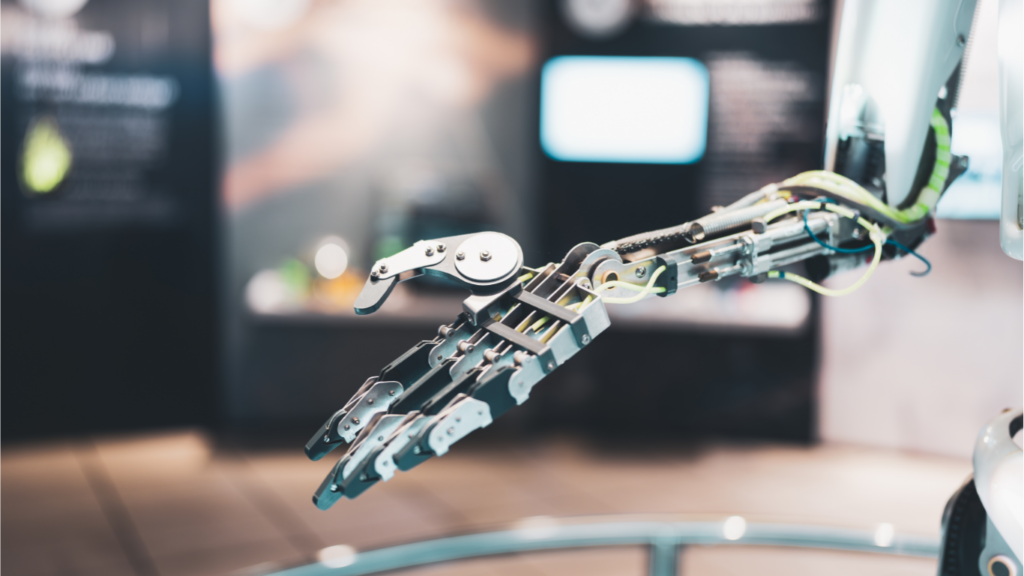Innovation drives our world forward, but it often raises questions about consumer safety. As new technologies and products emerge, ensuring they don’t compromise our well-being becomes crucial.
Balancing groundbreaking advancements with robust consumer protection isn’t just a regulatory challenge—it’s a societal necessity.
Exploring the Intersection of Innovation and Consumer Protection
Innovation drives societal progress but often raises consumer safety concerns. Balancing technological advancements with consumer protection remains pivotal.
The Need to Balance Progress and Safety
Technological progress enables new capabilities and improved efficiencies. However, these advancements sometimes introduce unforeseen risks.
For instance, the release of self-driving cars brings potential traffic safety issues and raises regulatory questions.
Balancing innovation with safety measures ensures technological benefits do not overshadow consumer protection.
Historical Perspectives on Consumer Rights and Tech Advances
Historical analysis reveals significant shifts in consumer rights alongside technological progress. In the 20th century, manufacturing safety standards evolved after numerous product-related injuries.
For example, the automotive industry saw the introduction of mandatory seat belts such as:
- Following high accident rates
- Showcasing how technological innovation
Can lead to enhanced consumer protections.
Key Examples of Innovation Impacting Consumer Protection
Innovations influence consumer protection in numerous ways, offering both new benefits and fresh challenges. This section explores critical areas where advancements have significantly impacted consumer rights and safety.
Digital Privacy and Data Security
Digital privacy is a major concern. With the rapid adoption of biometric authentication (e.g., fingerprint and facial recognition) and encryption techniques, companies can better secure personal data.
Four in five consumers have faced data breaches since 2017, underscoring the importance of robust digital security measures.
Regulations such as the General Data Protection Regulation (GDPR) ensure companies manage data responsibly.
GDPR mandates strict guidelines and heavy penalties for non-compliance, leading companies to innovate in data protection.
Data anonymization technologies, which mask identifiers, and multi-factor authentication, which adds security layers, illustrate these advancements.
Advances in Financial Technologies
Fintech innovations like blockchain and digital wallets have transformed financial transactions. Blockchain’s decentralized ledger offers transparency and security, reducing fraud risks.
According to Statista, blockchain technology is projected to grow from $3 billion in 2020 to $39.7 billion by 2025, highlighting its rapid adoption.
Digital wallets (e.g., Apple Pay and Google Wallet) have enhanced security in online transactions. These wallets use tokenization to replace sensitive information with unique identification symbols.
Contactless payments have increased by 11% year-over-year, driven by ease of use and enhanced security.
Innovations in both digital privacy and financial technologies show how technological advances can play a crucial role in bolstering consumer protection.
Regulatory Challenges and Successes
Balancing rapid technological advancements with robust consumer protection regulations presents unique challenges and significant achievements.
Examining the role of government in tech regulation and real-world case studies helps highlight these dynamics.
The Role of Government in Tech Regulation
Government entities enforce standards to ensure innovations don’t compromise consumer protection.
Agencies like the Federal Trade Commission (FTC) and the European Data Protection Supervisor (EDPS) oversee digital privacy laws.
Governments enact measures like the General Data Protection Regulation (GDPR) to protect personal data.
This legislation mandates consent for data collection, with heavy penalties for non-compliance, ensuring strict data protection.
Case Studies: Regulation Impacts on New Technologies

Examining specific regulations reveals their influence on new technologies:
- Healthcare: The FDA’s approval processes for digital health technologies, including mobile health apps, ensure these innovations provide safe and effective care.
- Financial Services: Anti-Money Laundering (AML) and Know Your Customer (KYC) regulations ensure fintech solutions like digital wallets prevent financial crimes.
- Automotive Industry: The National Highway Traffic Safety Administration (NHTSA) mandates features like Electronic Stability Control (ESC) in vehicles to enhance road safety.
These examples demonstrate the successful integration of regulation with innovation, protecting consumers while fostering technological progress.
Future Trends and Predictions
Innovation’s intersection with consumer protection continues to evolve. New technologies and regulations will shape future trends, impacting the balance between innovation and safety.
Emerging Technologies and Potential Risks
Emerging technologies present significant opportunities but also introduce potential risks.
Quantum computing promises advancements in computational power, yet it could also challenge current encryption standards, leading to vulnerabilities in data security.
Autonomous vehicles aim to enhance transportation efficiency; however, they pose safety and ethical concerns regarding decision-making algorithms in critical situations.
Biometric authentication methods, such as facial recognition and fingerprint scanning, improve security but raise privacy issues and the risk of data breaches.
The integration of blockchain technology in various sectors aims to bolster transaction security and transparency, yet it remains susceptible to new forms of fraud and cyber-attacks. Evaluating these risks as innovation progresses is crucial.
| Technology | Opportunity | Potential Risk |
|---|---|---|
| Quantum Computing | Enhanced computational power | Vulnerabilities in current encryption |
| Autonomous Vehicles | Transportation efficiency | Safety and ethical concerns |
| Biometric Authentication | Improved security | Privacy issues and data breaches |
| Blockchain | Transaction security | Susceptibility to new forms of fraud |
Anticipating Consumer Protection in AI and IoT
AI and IoT stand at the forefront of modern innovation. AI’s ability to process and analyze vast data volumes can revolutionize industries but may infringe on consumer privacy if not regulated.
Bias in AI algorithms also poses significant risks, especially in areas like hiring and lending where decision-making must remain impartial.
IoT devices enhance connectivity and smart home automation but increase the attack surface for cybersecurity threats.
Strong encryption and regular software updates are vital to protecting user data.
Regulatory measures, like the General Data Protection Regulation (GDPR) in the EU, set a precedent for ensuring these technologies prioritize consumer protection.
Monitoring advancements in AI and IoT while implementing robust regulatory frameworks ensures that consumer interests are preserved as technological landscapes shift.
Adapting to rapid changes in these fields necessitates a proactive approach from both innovators and regulators.




